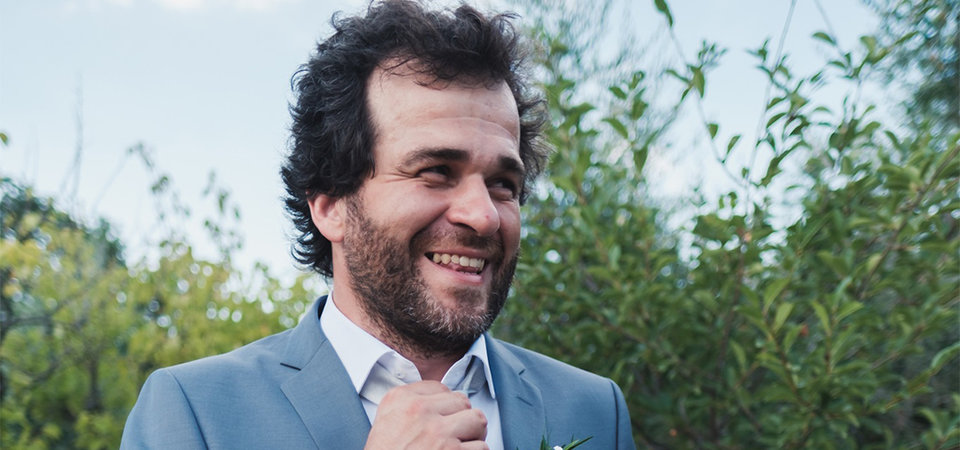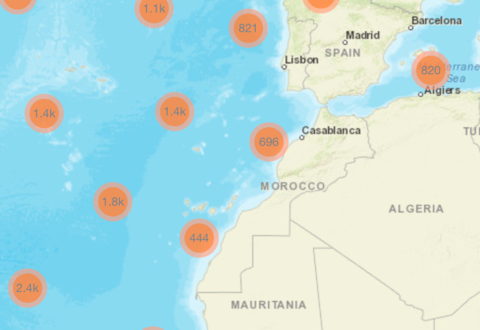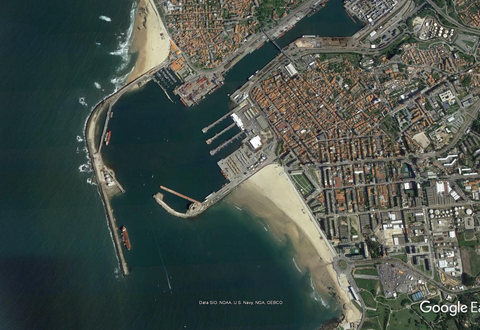
A hybrid Wave Energy Converter for Ports
The integration of WECs in port breakwaters represents a realistic solution to set these infrastructures on the right track in terms of balancing environmental challenges with economic demands.
Further, authorities and the firms established upon port complexes are faced with the challenge of boosting both their international competitiveness and environmental performance, therefore being a unique industrial ecosystem to analyse what are the societal, environmental and economic impacts of ocean energy.
WEC4Ports develops a novel hybrid-WEC (h-WEC) that uses well understood power generating technologies, air and water turbines. This innovative concept uses hybridisation as a means to harness the available energy most efficiently over a wide range of ocean conditions. Further, WEC4Ports focus on the incorporation of the h-WEC in breakwaters, as a means to leverage the overall economics of upfront CAPEX.
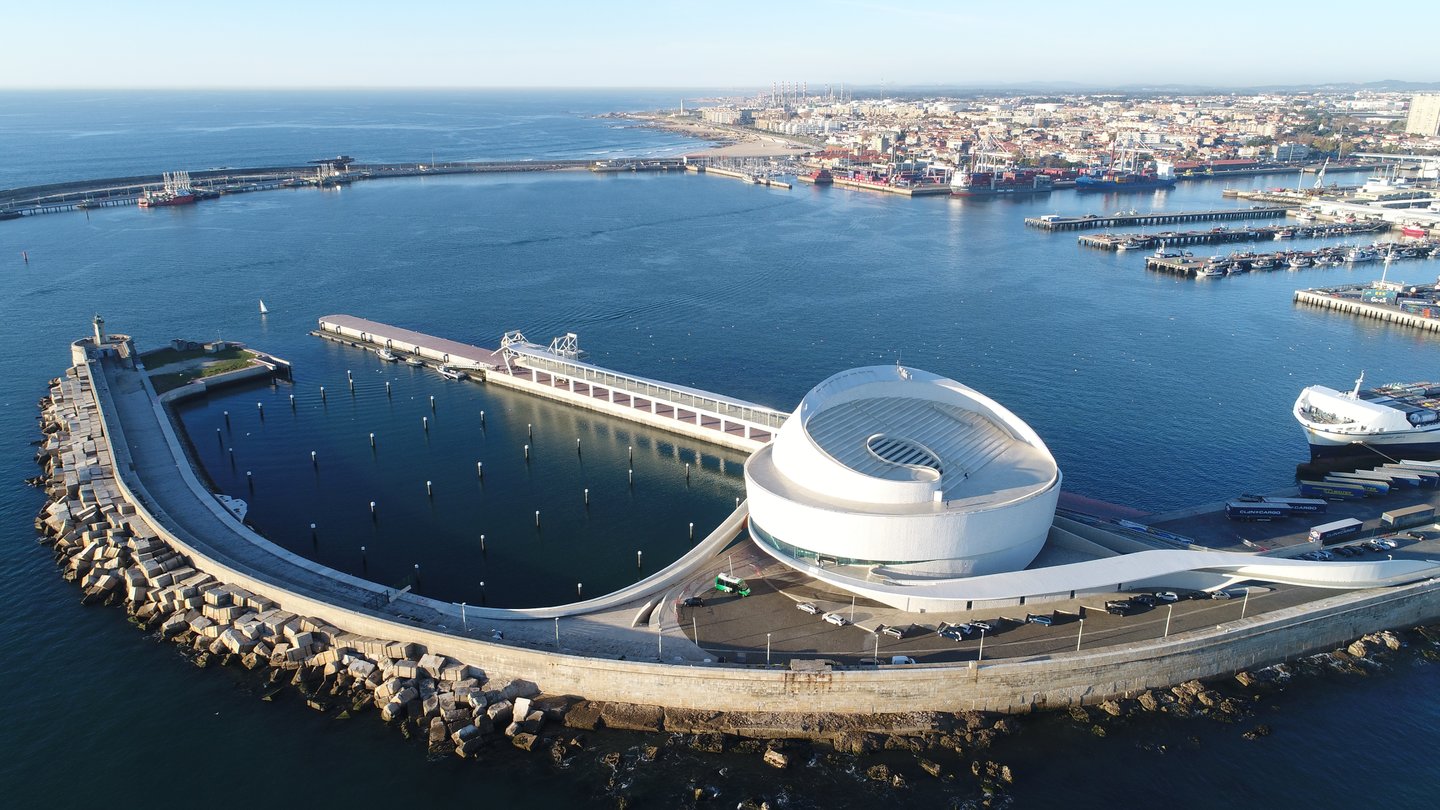
The project will perform further industrial R&D to:
- improve technology performance
- perform reliability and survivability assessments of the h-WEC and its components
- optimise breakwater integration to minimizing costs and reduce the Levelised Cost of Energy (LCoE). WEC4Ports will have a strong focus on fabrication/validation/demonstration of key components in real conditions at Mutriku testing site
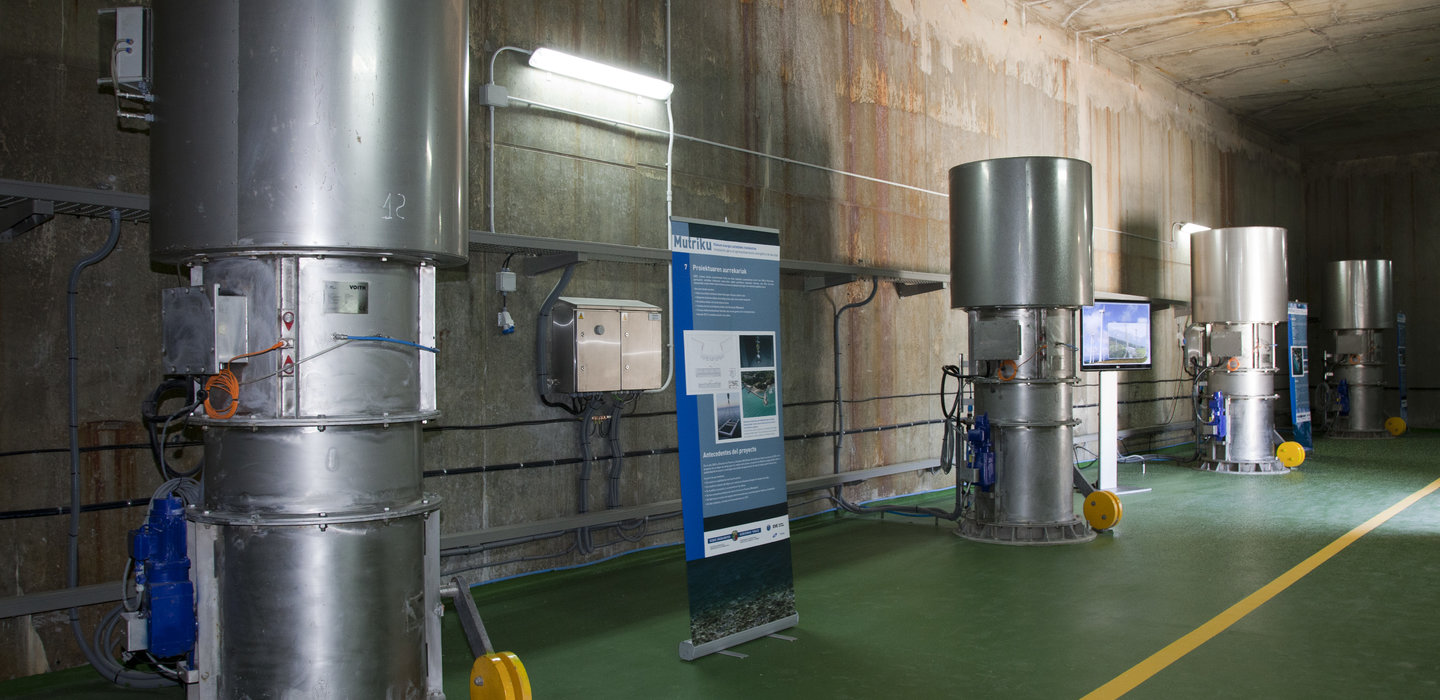
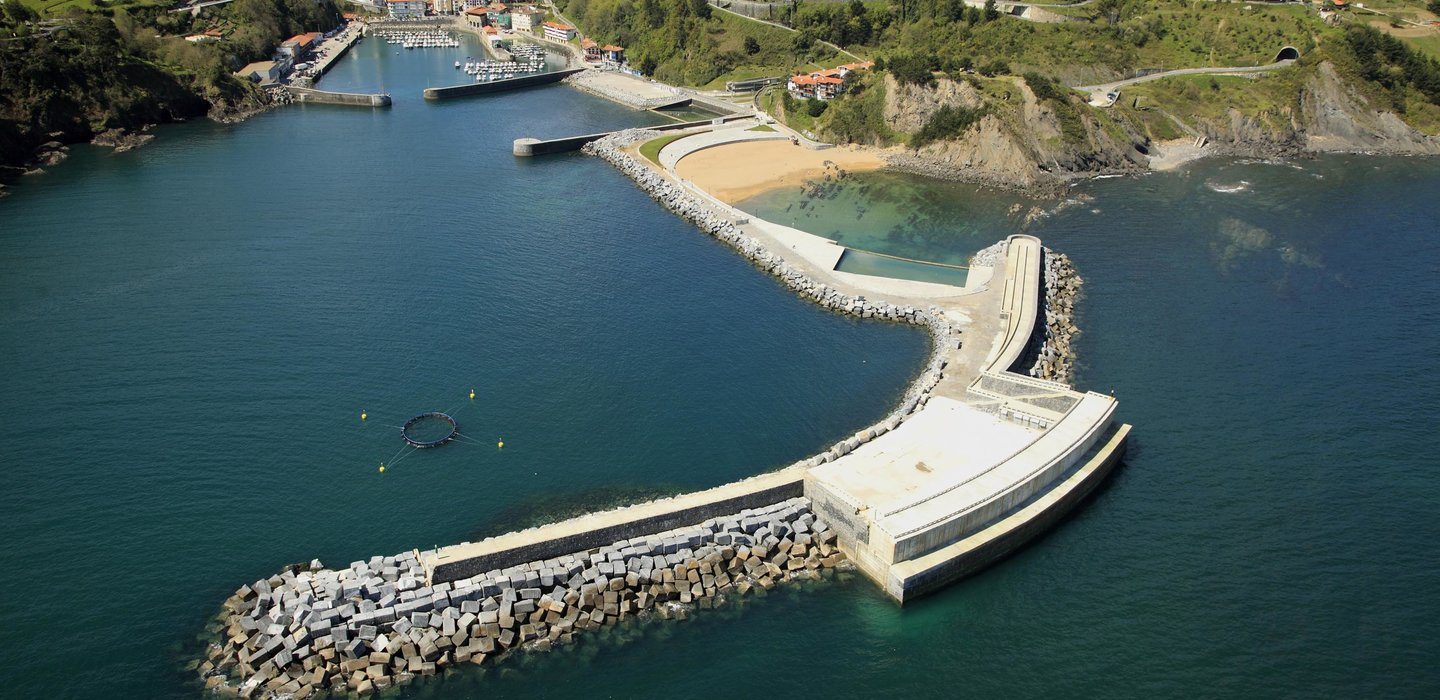
WEC4Ports expected impact is to help overcoming barriers and challenges faced by stakeholders on both sides, technology developers (e.g., interested in validating and demonstrating their technologies and interested in learning about specific additional uncertainties and risks) and end-users (e.g., port-authorities that are expected to be open to promoting the use of renewable energy, but express concerns about risks linked to both installation and operation), essential learnings to progress towards commercial deployment and industrial roll-out. Public perception on this critical infrastructure is often negative because of air pollution and other environmental problems, both are expected to improve if such technologies are implemented.
Data
- R&D partner: IMDC (lead partner), University of Porto, Institute of Science and Innovation in Mechanical and Industrial Engineering (INEGI), Eire Composites Teo (ECT)
- Support: OCEANERA-NET COFUND
- Start date: 2020
- Completion date: 2023

